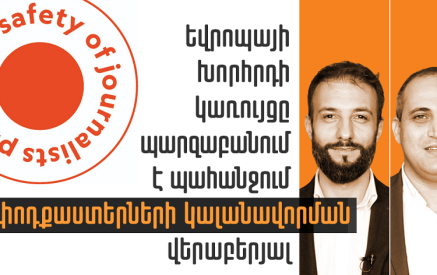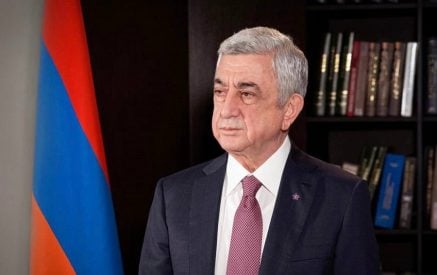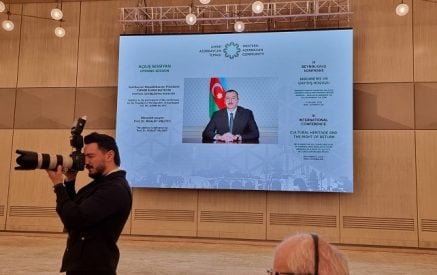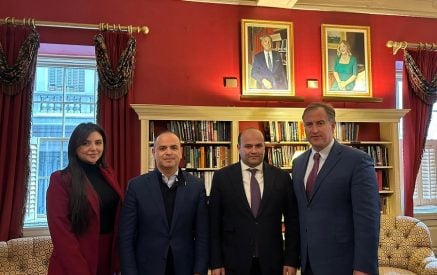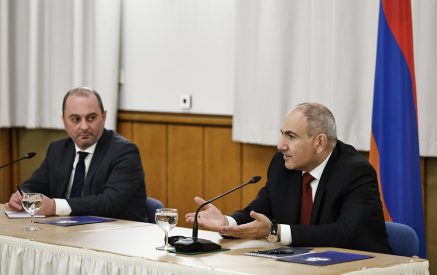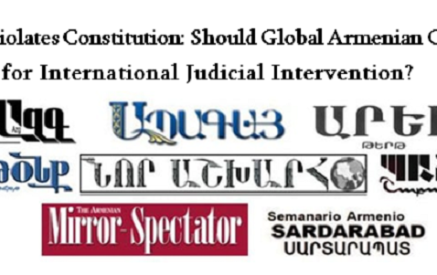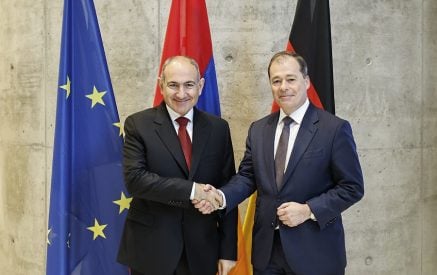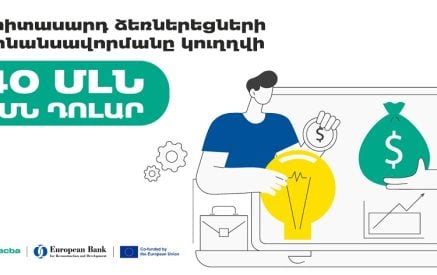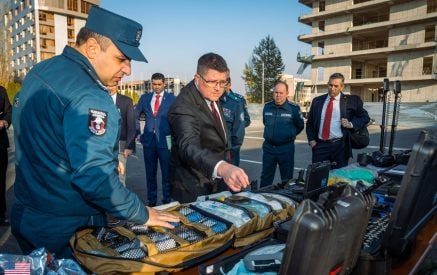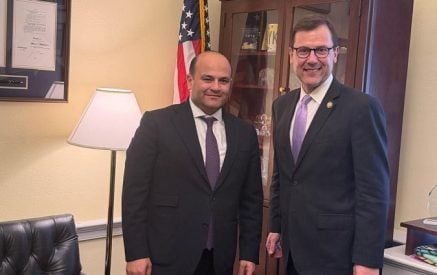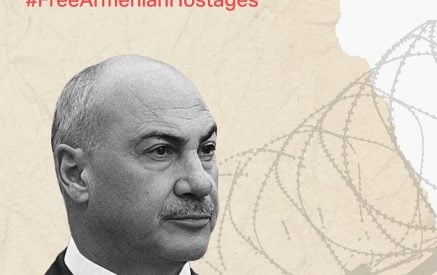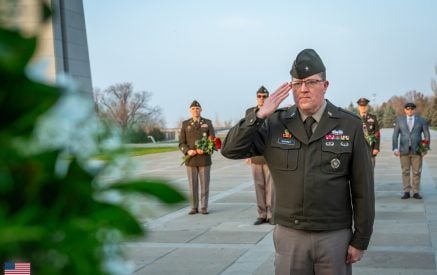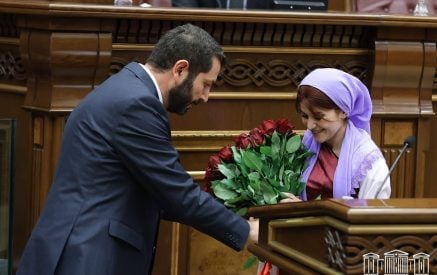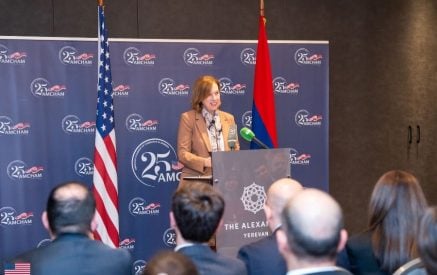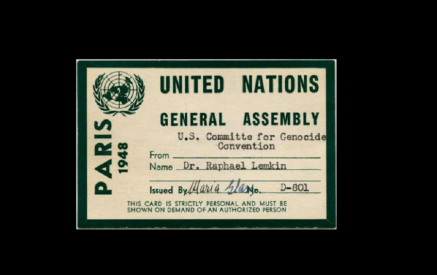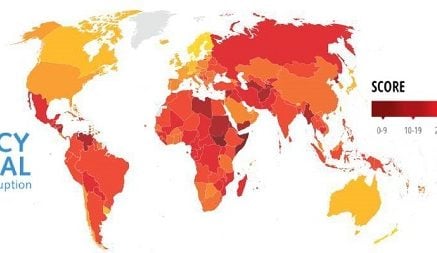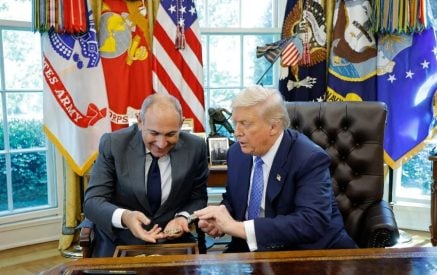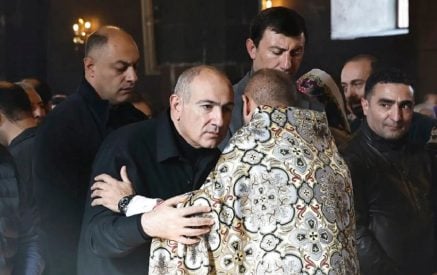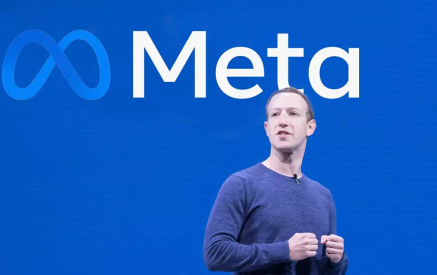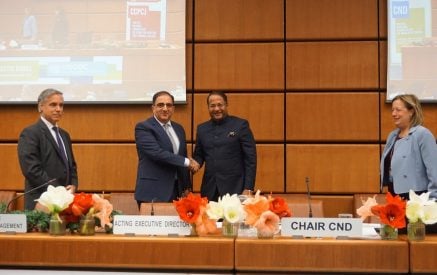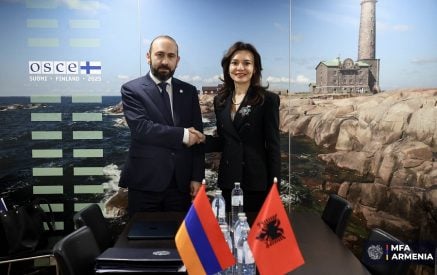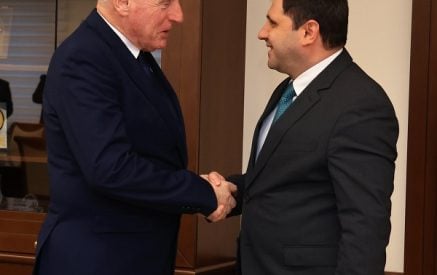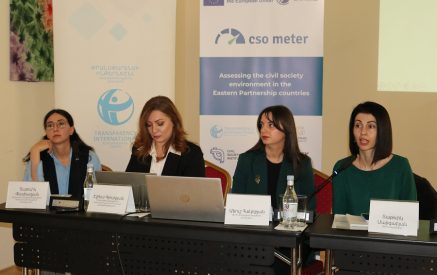by Suren Sargsyan
On January 20, 2024, Donald Trump’s inauguration as the 47th US President saw him immediately overturn several of Joe Biden’s executive orders. This marked the beginning of a new presidential term expected to diverge significantly from his predecessor Joe Biden’s policies. Armenia, like many nations, was concerned about how Trump’s second term might differ not only from Biden’s administration but also from Trump’s own first term –which saw minimal engagement with Armenia and limited development in Armenian-American relations.
Understanding the current dynamics requires examining the nature and extent of the interactions between the Trump administration and the Armenian government. Over the past eight years, the Armenian prime minister has had only one direct interaction with a sitting US president (French President Emmanuel Macron’s introduction of Armenia Prime Minister Nikol Pashinyan to Trump aside), which was a protocol phone call to congratulate Trump on his election victory. However, this cannot be considered a strong indicator of the relationship, especially since no other communication with President Trump has occurred — not even during Pashinyan’s visit to Washington. Dozens of world leaders held similar protocol phone calls with Trump to offer congratulations, making it a standard diplomatic gesture.
Read also
Thus, understanding the future trajectory of the relationship and the Trump administration’s approach to Armenia became a matter of vital importance for the Armenian authorities. This was especially urgent considering that the outgoing Biden administration had signed a US-Armenia Strategic Partnership Charter. Armenia needed to determine how to proceed with the Trump administration in that context. From February 3–7, 2025, Pashinyan visited Washington.
The official reason for the visit was to participate in the International Religious Freedom Summit and the National Prayer Breakfast — annual events held in the US capital. In reality, the Armenian side sought clarity on several key issues, including possible US engagement in Armenian and Azerbaijani as well as Armenian and Turkish negotiations, as well as whether the Trump administration would support Pashinyan’s Crossroads of Peace initiative.
These questions ideally required answers from President Trump himself or senior decision-makers such as the secretary of state, the national security advisor, or the secretary of defense. Unfortunately, no such meetings took place. Instead, Pashinyan engaged with several American think tanks and policy institutions, aiming to convey his peace agenda and Armenia’s foreign policy priorities indirectly to the US leadership.
While think tanks can influence US foreign policy, they are not a substitute for direct executive engagement. Pashinyan visited the Atlantic Council, where he spoke on Armenia-Azerbaijan and Armenia-Turkey relations. Pashinyan also visited Georgetown University, the International Republican Institute (IRI), and the Heritage Foundation, where he reiterated his peace agenda. At the International Religious Freedom Summit, he stated, “We hope to transform our regional disputes into regional dialogue, and religious freedom is one of the tools that can help make this a reality.” Notably, he made no mention of the ongoing destruction of Armenian Christian heritage and presence in Nagorno-Karabakh by Azerbaijan — an omission that drew criticism considering the relevance of the topic.
During his visit, Pashinyan also met with several members of the US Senate and House of Representatives, discussing the Crossroads of Peace initiative and strategic partnership with the US. However, there were no meetings with the Speaker of the House or the Senate majority leader.
On the final day of the visit, Pashinyan met with US Vice President J.D. Vance. He later admitted it was a “last-minute” meeting with minimal protocol. While symbolically significant, the vice presidency holds limited formal power in foreign affairs, making the meeting more ceremonial than substantive. Overall, the visit appeared poorly timed — Trump’s cabinet was not fully formed — and poorly coordinated in terms of messaging and objectives. It failed to achieve substantial diplomatic outcomes.
Pashinyan’s next high-level interaction with the US administration came in the form of a phone call with Secretary of State Marco Rubio, during which they discussed the US-Armenia strategic partnership and regional issues, including the Armenia-Azerbaijan peace treaty. Pashinyan reiterated that the treaty is ready to be signed. This call followed Rubio’s public statement titled “Now Is the Time for Peace Between Armenia and Azerbaijan,” in which he welcomed the peace process and urged ratification of the agreement. The statement was part of a diplomatic campaign supported by 58 countries. However, this initiative was largely driven by Armenia and did not deter further Azerbaijani aggression, raising questions about its effectiveness.
A less-publicized development was the April 7–11 visit of Armenian Minister of Justice Srbouhi Galyan to Washington to attend the International Anti-Corruption Conference. On April 9, she and Armenian Ambassador Lilit Makunts visited the State Department and met with Louis Bono, Senior Advisor for Caucasus Negotiations. The Armenian government did not publicize this meeting, though it was recorded on the State Department’s website.
One of the most symbolic developments during Trump’s first 100 days was the White House statement issued on April 24, Armenian Genocide Remembrance Day. President Biden was the first US president (Reagan aside) to use the word “genocide” to describe the events of 1915. Trump, by contrast, reverted to using “Meds Yeghern” (“Great Calamity”) and avoided the term “genocide” entirely. The language of the statement was vague and cautious, signaling a shift in tone under the new administration.
Frustrated by the lack of meaningful engagement, the Armenian government turned to alternative methods of influencing US policy. The Armenian embassy signed a contract with a professional lobbying firm with three stated goals: advocate on the client’s behalf before Congress and the administration; advancing economic, trade, investment, and technological cooperation; and emphasizing Armenia’s strategic importance as a key US partner in the South Caucasus. The one-year contract, running from April 1, 2025, to March 31, 2026, will cost the Armenian state $50,000 per month.


